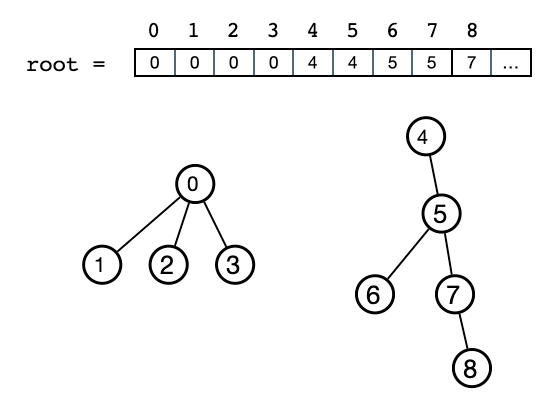

This is due to the intricate interplay between the shift dynamics and the long-range hierarchical structure induced by the inflation action of the random substitution, as well as the highly non-minimal nature of the subshift. In the case of random substitutions, the question of identifying the existence of periodic points is decidedly more difficult. The case of periodicity and eventual periodicity for more general morphic sequences has also recently been addressed. Determining when a primitive deterministic substitution has periodic points is relatively simple and can be implemented by a computer and the minimality of the subshift allows one to easily count the total number of periodic points. For deterministic substitutions, Mossé’s celebrated result relating periodicity of the subshift with the notion of recognisability highlights the importance of determining when a substitution admits periodic points in its subshift. The study of periodic points for random substitutions is comparatively unexplored.

Such models are highly sought-after in the world of solid-state physics and have also proved useful for the study of molecular evolution where so-called expansion-modification systems are a model proposed to explain long-range correlations of sequences associated with DNA. Accordingly, the dynamical systems and tilings associated with random substitutions provide good models for quasicrystaline structures that have long range order induced by an underlying hierarchical supertile structure, whilst also possessing positive entropy. This leads to an exponential growth in the number of words admitted in the language of a random substitution and a corresponding explosion of complexity for the associated subshift of bi-infinite sequences over that language. There, one must contend with all possible outcomes of iteration, where each letter of a word is mapped independently of all others. In the setting of random substitutions, letters have a set of possible words (often with an accompanying probability distribution) to which they may be independently mapped. Dynamical systems associated with these classical substitutions are well studied and there is a large community devoted to solving some of the few remaining big problems in this area. In the classical setting, letters are mapped to words over the same alphabet, and then this map is iterated. Random substitutions are a generalisation of the classical notion of a substitution on a finite alphabet.


 0 kommentar(er)
0 kommentar(er)
